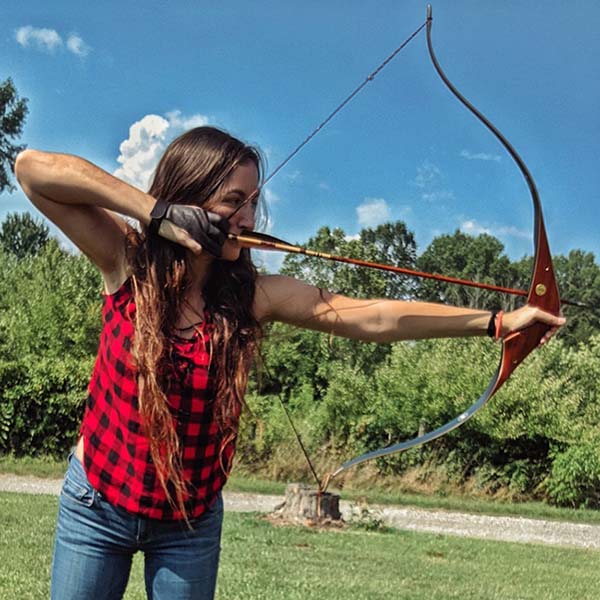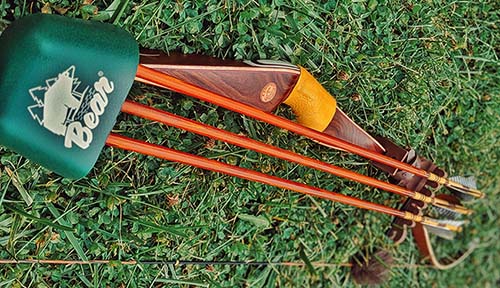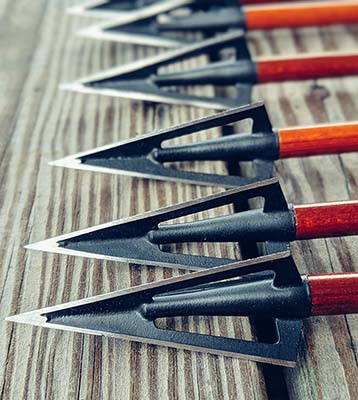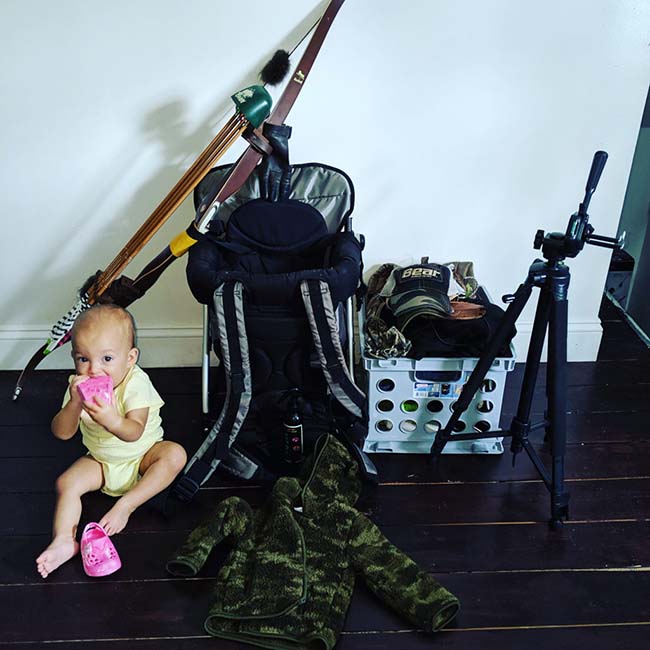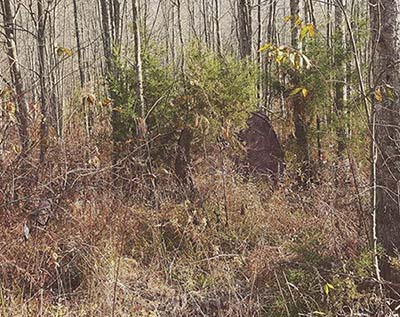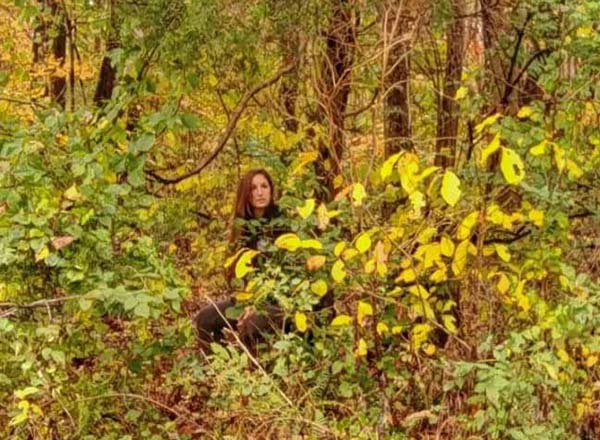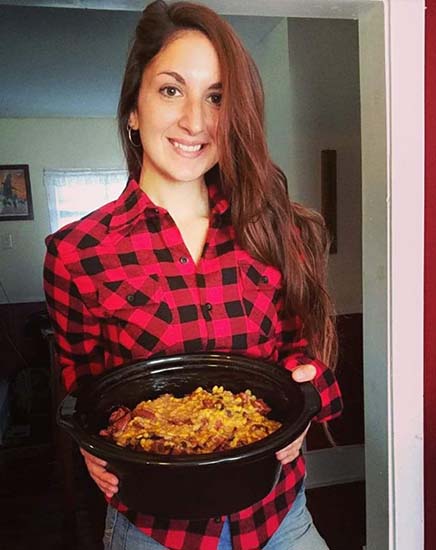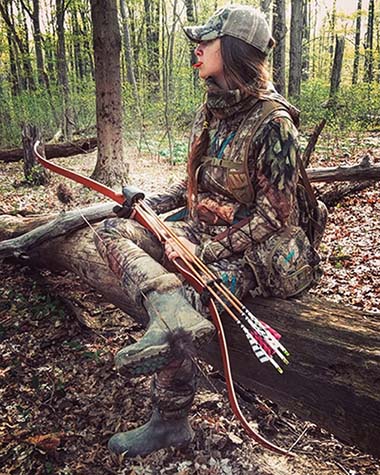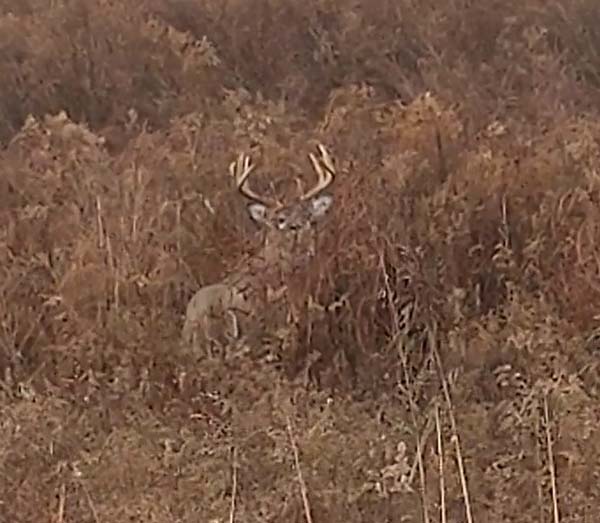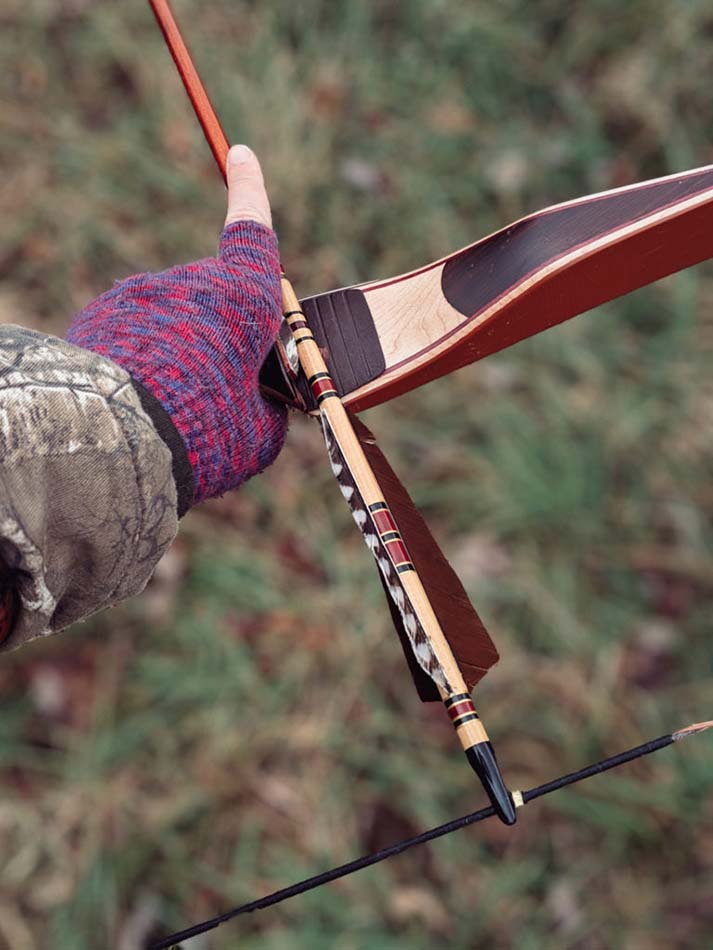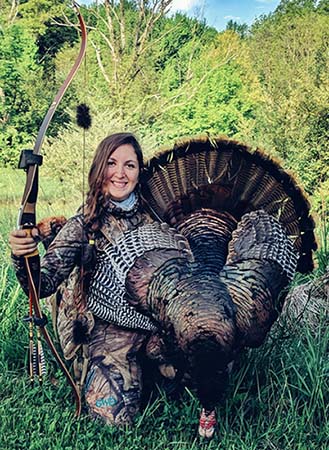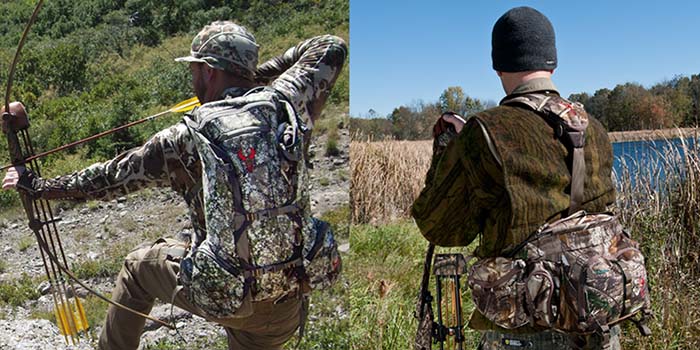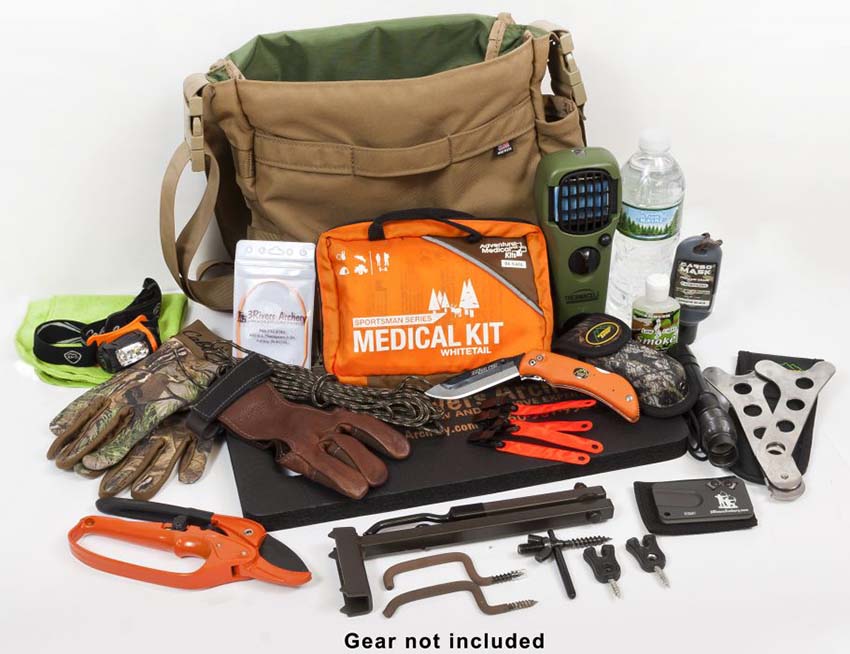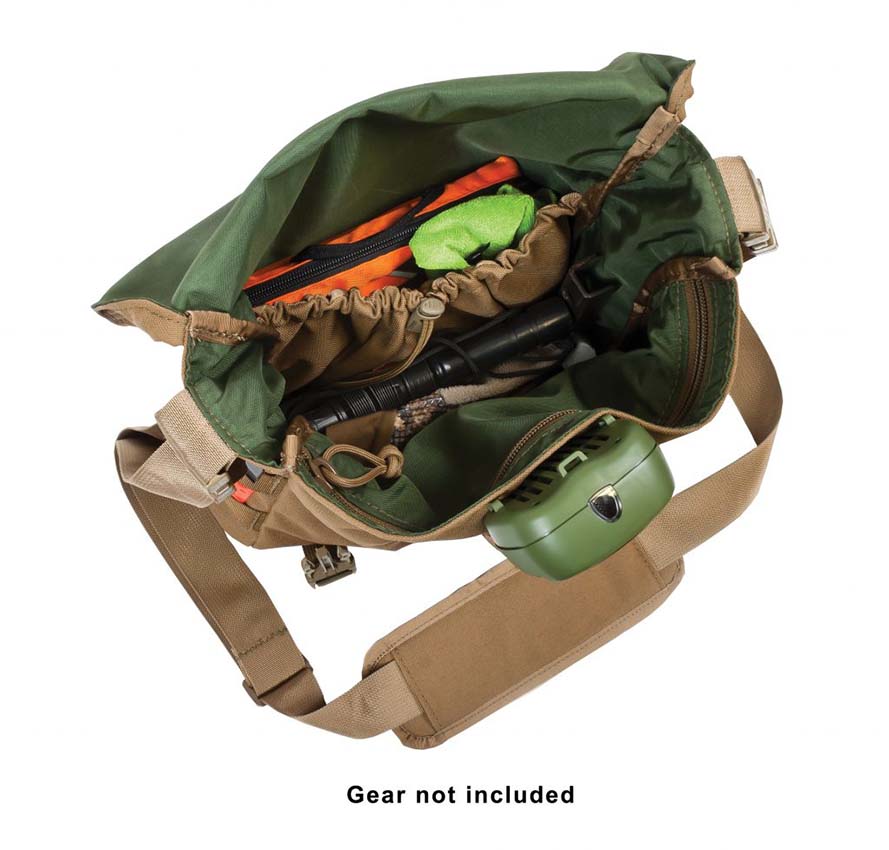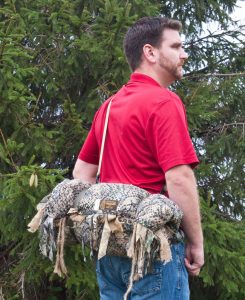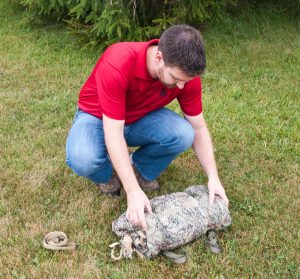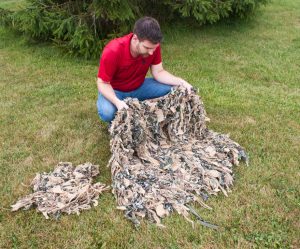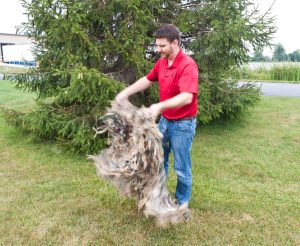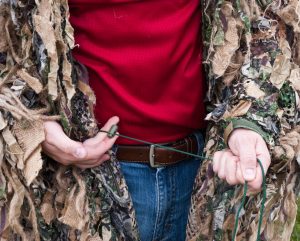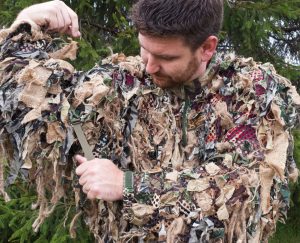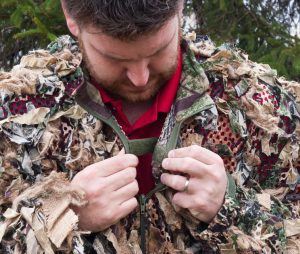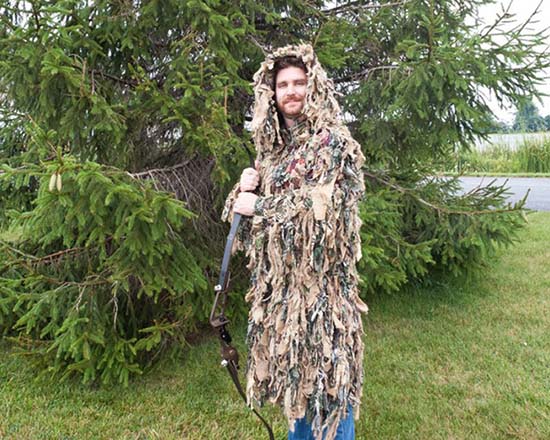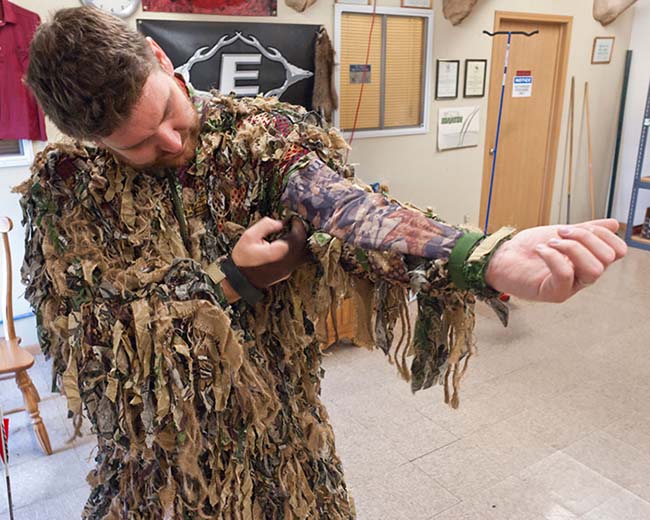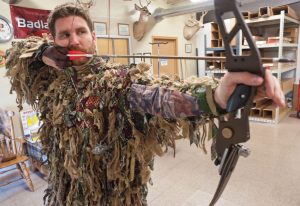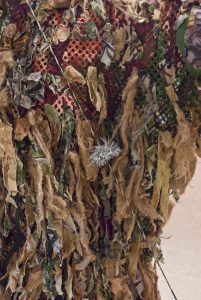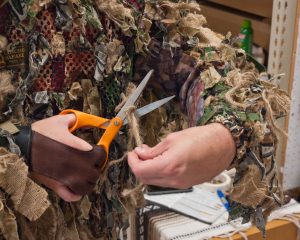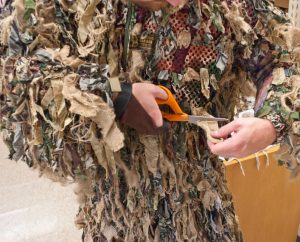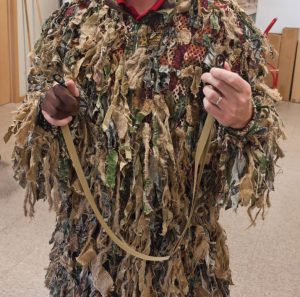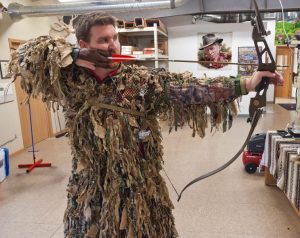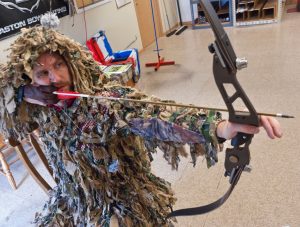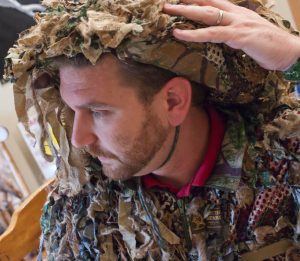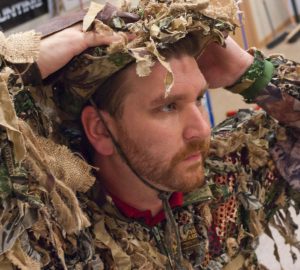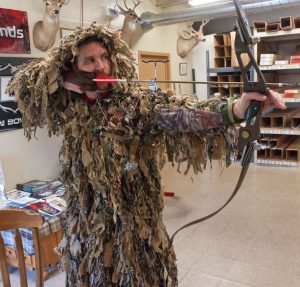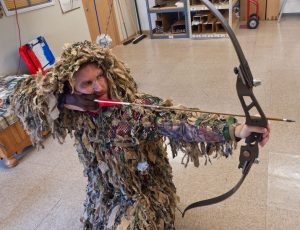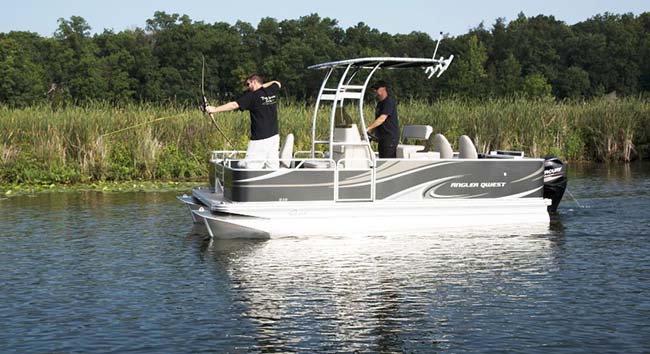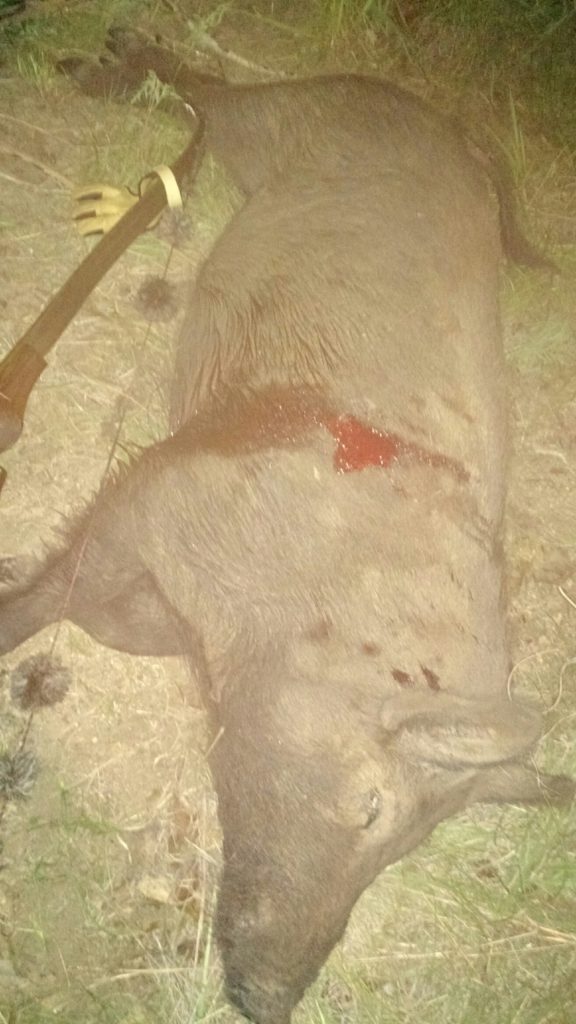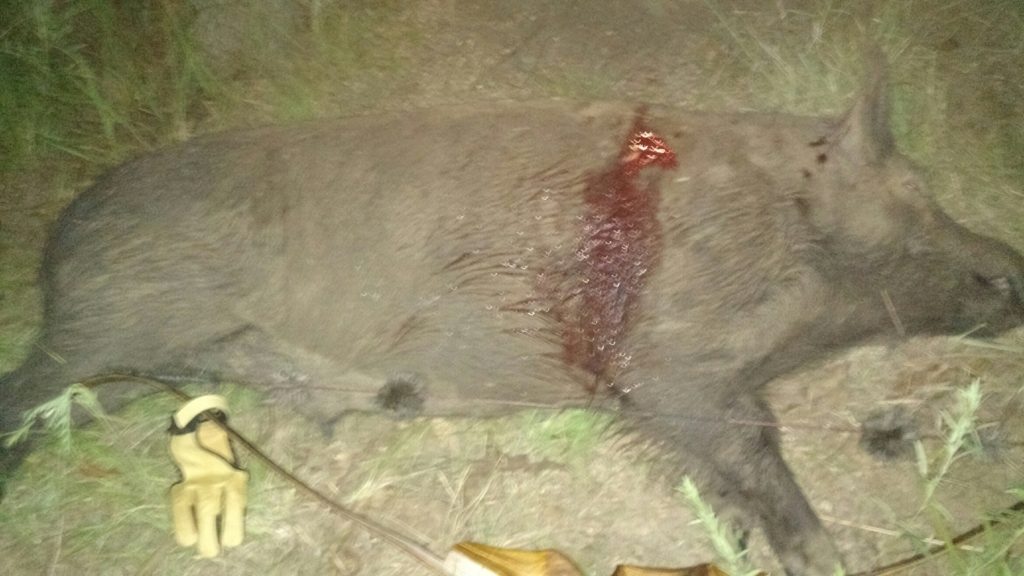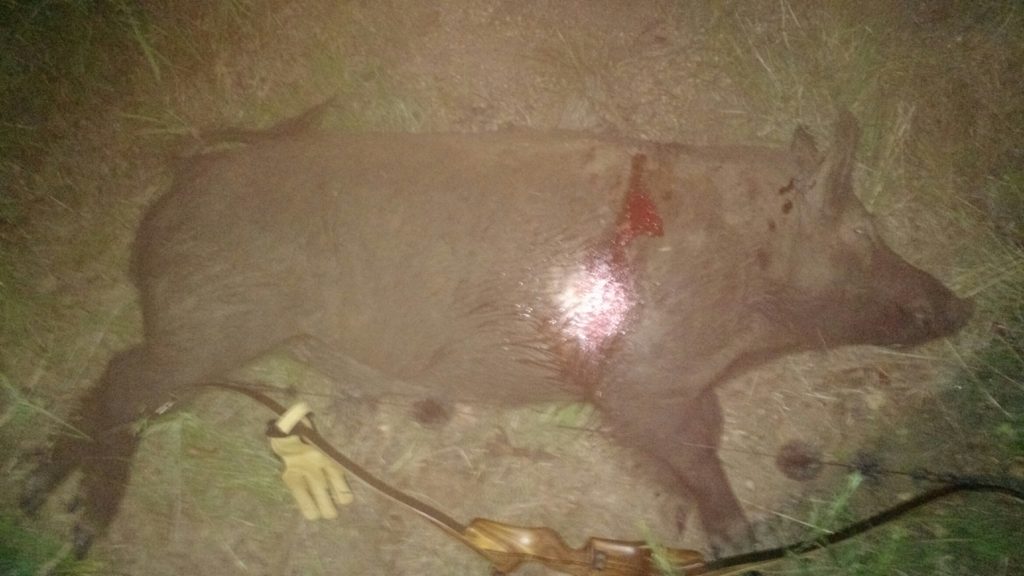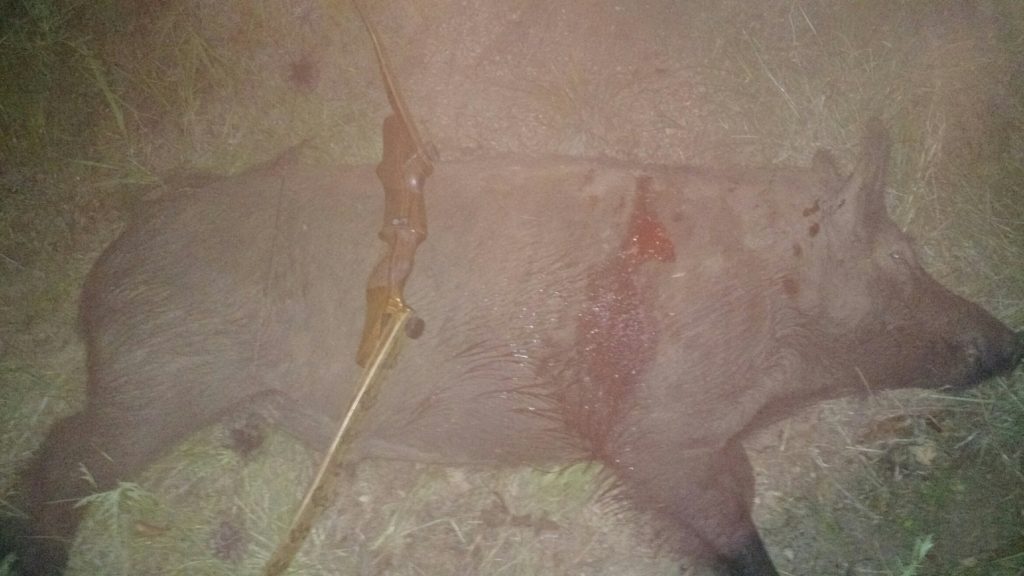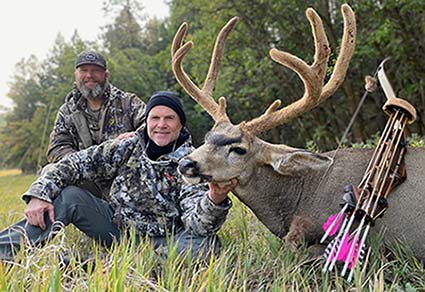
As an outfitter and guide in Colorado I am constantly amazed at how ill prepared some people are that show up at my camp. I once had a client miss an animal with me and then say, “Those broadheads seem to fly different than my field points.” Needless to say, he was ill prepared.
Besides guiding clients myself, I am also occasionally a client at other outfitters camps. I usually go on one or two guided hunts every year. I have had some great hunts and others have been a waste of time, money and in some cases even dangerous. To help avoid a bad experience and to help you up your odds on a guided hunt, I have compiled a list of things I check into before spending my money on a guided hunt.
Are they experienced in guiding Traditional bowhunters?
This is more important than many people realize! A lot of outfitters unfortunately aren’t experienced when it comes to traditional bowhunting. I have been to places where blinds or treestands were set-up for shots at 30+ yards. It is important to either hunt with outfitters or guides that understand traditional equipment and it’s attributes and limitations or it is our job to explain it to them.
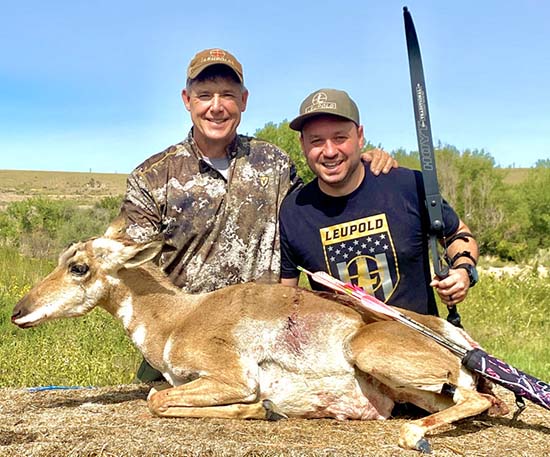
What is the guide to hunter ratio?
Will it be one on one or will you be sharing your guide with another hunter? It is worth knowing before you go. If your hunt isn’t a one on one guided hunt and that is what you want, talk to the outfitter. Some outfitters will offer a one on one ratio for a higher fee.
How much will I spend including licenses?
Make sure there are no hidden costs. Request in writing, a list of all costs including license fees or additional transportation costs. Is food and lodging included and is there a trophy or kill fee? These are all important questions.
How many days is the hunt?
Does that include travel days? Most guided hunts average 5 to 7 days, however, they all vary. Be sure you are happy with the number of days versus what you will be paying. If you want a longer hunt, some outfitters will allow hunters to extend their trip on a pay per day basis. This is always important to me since I have already invested my money and time getting to camp, one or two extra days may be all I need to get a shot opportunity. Remember things like weather can also knock a few days off of a hunt in a hurry. Bring this up ahead of time. It may save your trip.
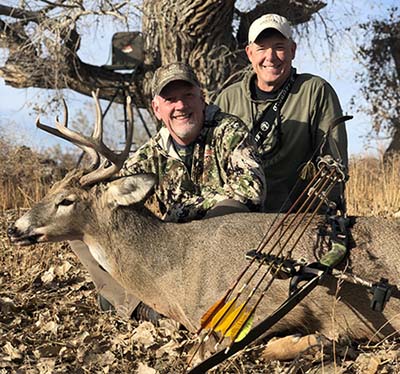
How physical is the hunt?
Obviously, physical ability varies from person to person as do the requirements of different hunts and terrains. A hunter that is totally out of shape can easily walk a hundred yards from a truck to a tree stand, whereas an elk or lion hunt will demand a totally different set of requirements. How much walking will we be doing on average?
How much stand hunting? Will we be using horses? Make sure you can do what may be required.
What percentage of bow hunters harvest their intended species? And how many have opportunities?
Ask for specific numbers. How many bow hunters did you take last year for elk? Out of those, how many harvested elk? How many had shot opportunities? In fairness to the outfitter, I like to ask about shot opportunities, not necessarily numbers harvested. Also bear in mind that sometimes a low success rate may be due to bad weather, inexperienced or out of shape hunters. Try to feel the guide or outfitter out so you understand why the success rate is high or low.
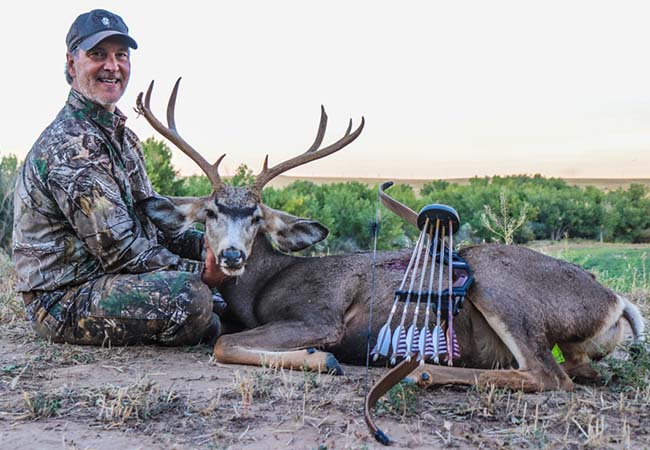
Can you send me references?
Most outfitters have a prepared reference list. Of course, most reference lists are filled with hunters that harvested animals. Ask for a list of specific references and, if possible, for hunters in your state that have hunted with the outfitter. Be sure to ask for bow hunting references that hunted the same area you will be in, or that at least hunted the same species you are planning to hunt. Talking to other bow hunters can often give you a good feel of what to expect from terrain to guides. Also, ask for references of hunters who were not successful. Sometimes your best information will come from these guys.
Does the Outfitter have any game violations?
A simple call to the area game officer can answer this one. If the game officer advises against the outfitter, I wouldn’t go.
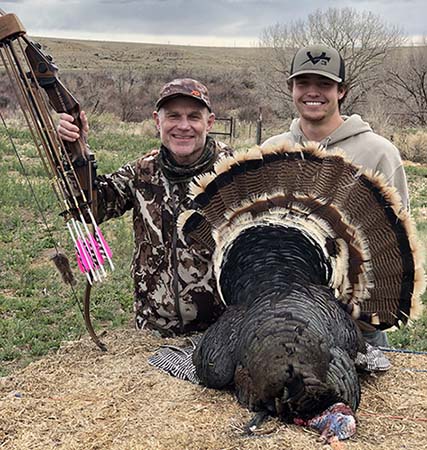
Does the Outfitter hunt private or public land?
Some pubic land areas are great, and others are crowded with public hunters. Find out about where you will be or how many other people you will likely encounter. Most outfitters will charge more to hunt private ranches. Just be sure to ask how much land they have available to hunt on. If its 5 acres and 7 people will be hunting it, it may not be such a great deal. Usually an outfitter will charge more to hunt private ranches. I also always ask how much land they have available to hunt on.
What gear or equipment do they recommend that I bring?
Most outfitters will have a list of items they recommend for the hunt you are going on. If they don’t offer one, ask for one.
In general, most of my bad experiences have come from outfitters I have not communicated with enough. I have also had some tremendous experiences with outfitters that will provide me with fond memories for the rest of my life. And while some of these great memories include harvesting an animal many of them did not.
My next column will be about how to be a good client for an outfitter. Your honesty makes a difference!
As always… Have Fun, Fred
By: Fred Eichler
Everything Eichler














.jpg)
